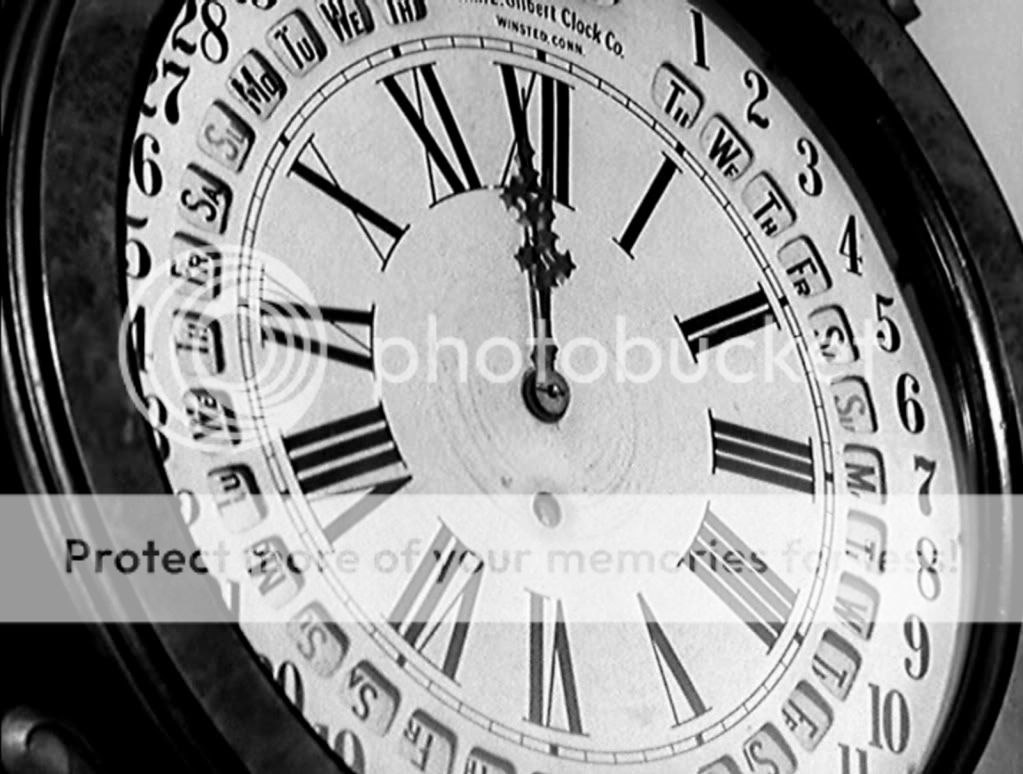Undercurrent was one of the few Minnelli's films, outside his familiar territory of musical, melodrama and comedy. Surprisingly, it was a film noir. Probably one of the oddest films in Minnelli's career, it still bears some of key themes of Minnelli's world, especially those related to the darker side of him. Last night's screening of Under the Clock [US: Clock] at NFT, showed how ready was Minnelli for noir genre in the 1940s. In Under the Clock, there is a scene when newly married couple enter a run-down bar, where a mad woman and a loquacious drunk, in a low-key photography, talk about un-Americans, madness, corruption and "dogs" which is a disturbing scene, almost like a mistake, in a sweet melodrama. I thought that scene can be approached as an equivalent of Halloween sequence of Meet Me in St. Louis, made one year earlier, where a sudden destruction of the dream world shocks the Minnelli's characters. Here, from his autobiography, I Remember It Well, Minnelli, charmingly, tells the story of how he worked with three major stars in Undercurrent. This is part one of his memoirs about Undercurrent. Film will be shown tomorrow (8 April, 18:30) at NFT, and the second screening is 18 April, 20:40.
Bob Mitchum feels it was fiscal collusion between the studio and David Selznick, to whom he was under contract that brought him the part. For he admits he was never comfortable in the role of the sensitive Michael.
But Bob didn't need the later-developed Mitchum swagger to convey his innate strength. He's always underestimated his ability.
I can't deny that Selznick was being paid $25,000 a week to loan out Bob for my picture, and getting the same amount for a second Metro picture, Desire Me, which Bob was shooting in the afternoon. On top of this, Bob was working at night on The Locket at RKO. "I worked the three pictures for twenty-six straight days," Bob remembers. "We'd shoot all night at RKO, then I'd report for Undercurrent from seven in the morning until noon, when I'd be flown to Monterey to work all afternoon on the picture with Greer Garson." No wonder he became famous for his sleepy eyes.





